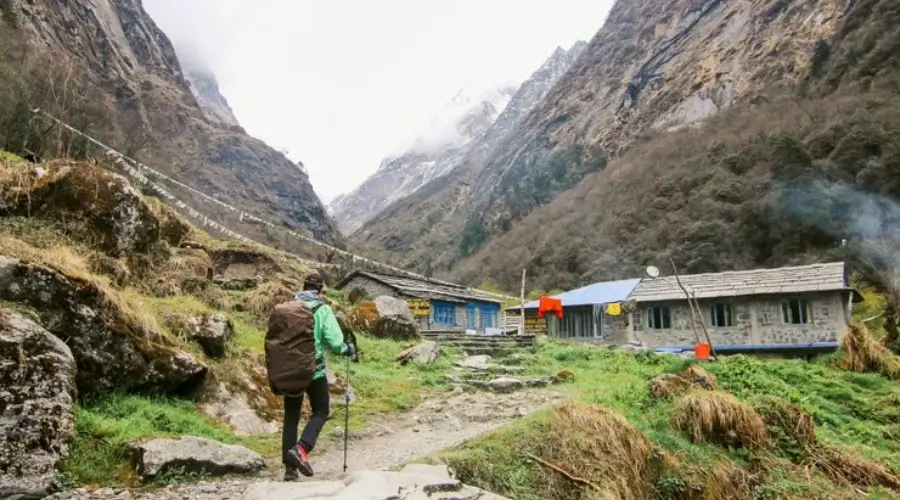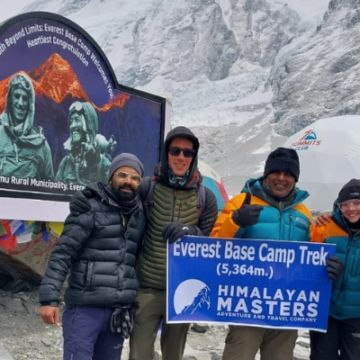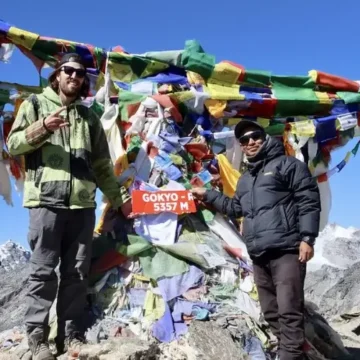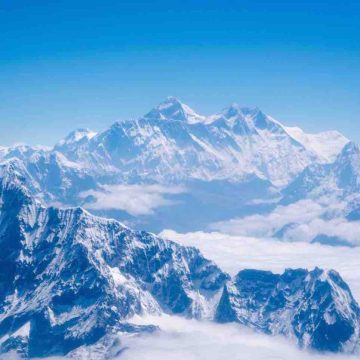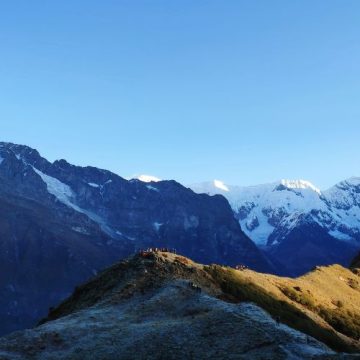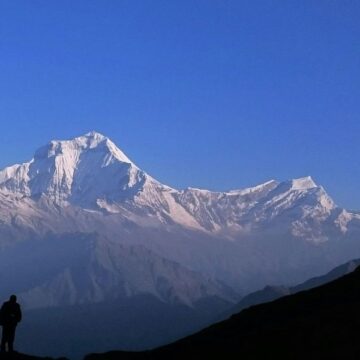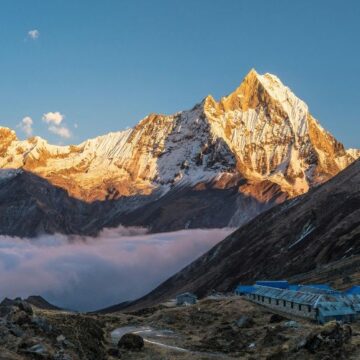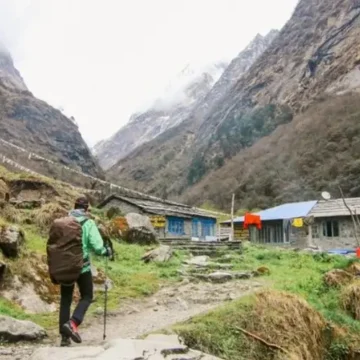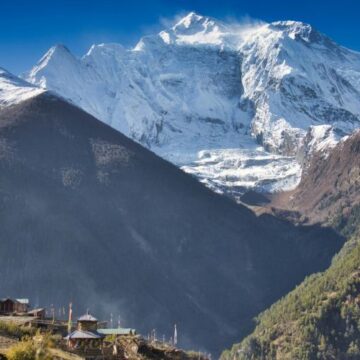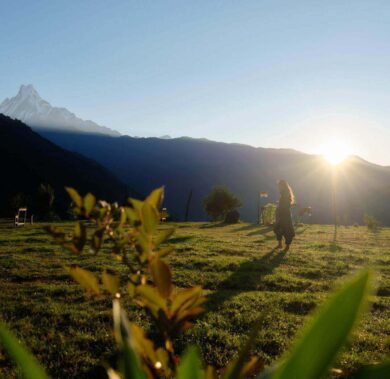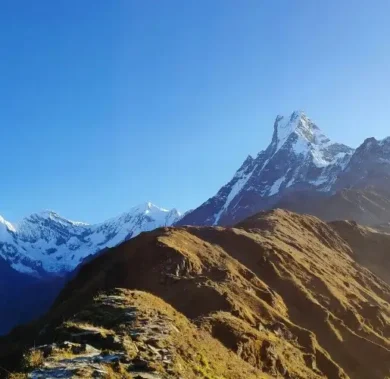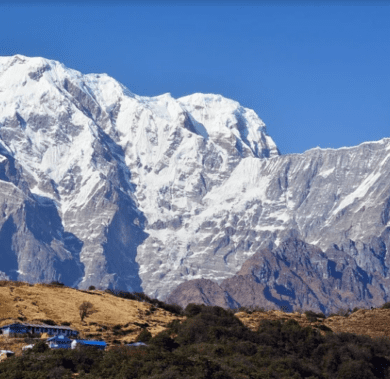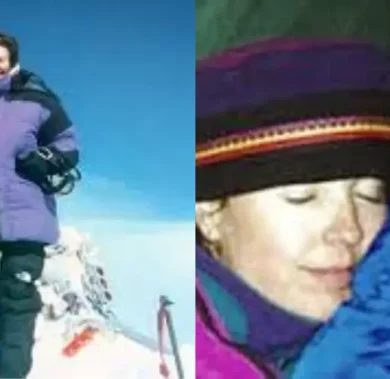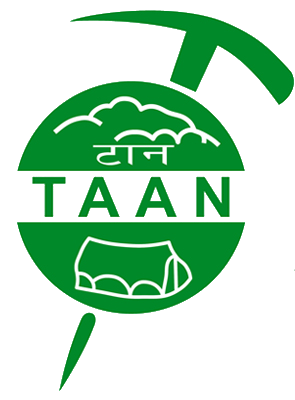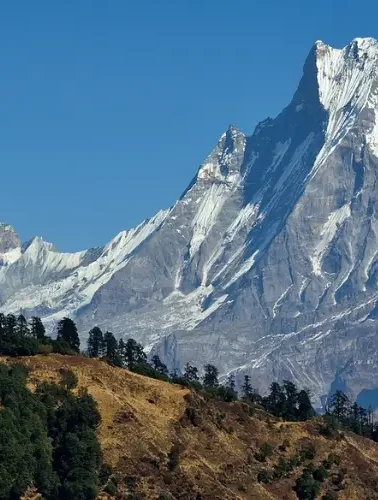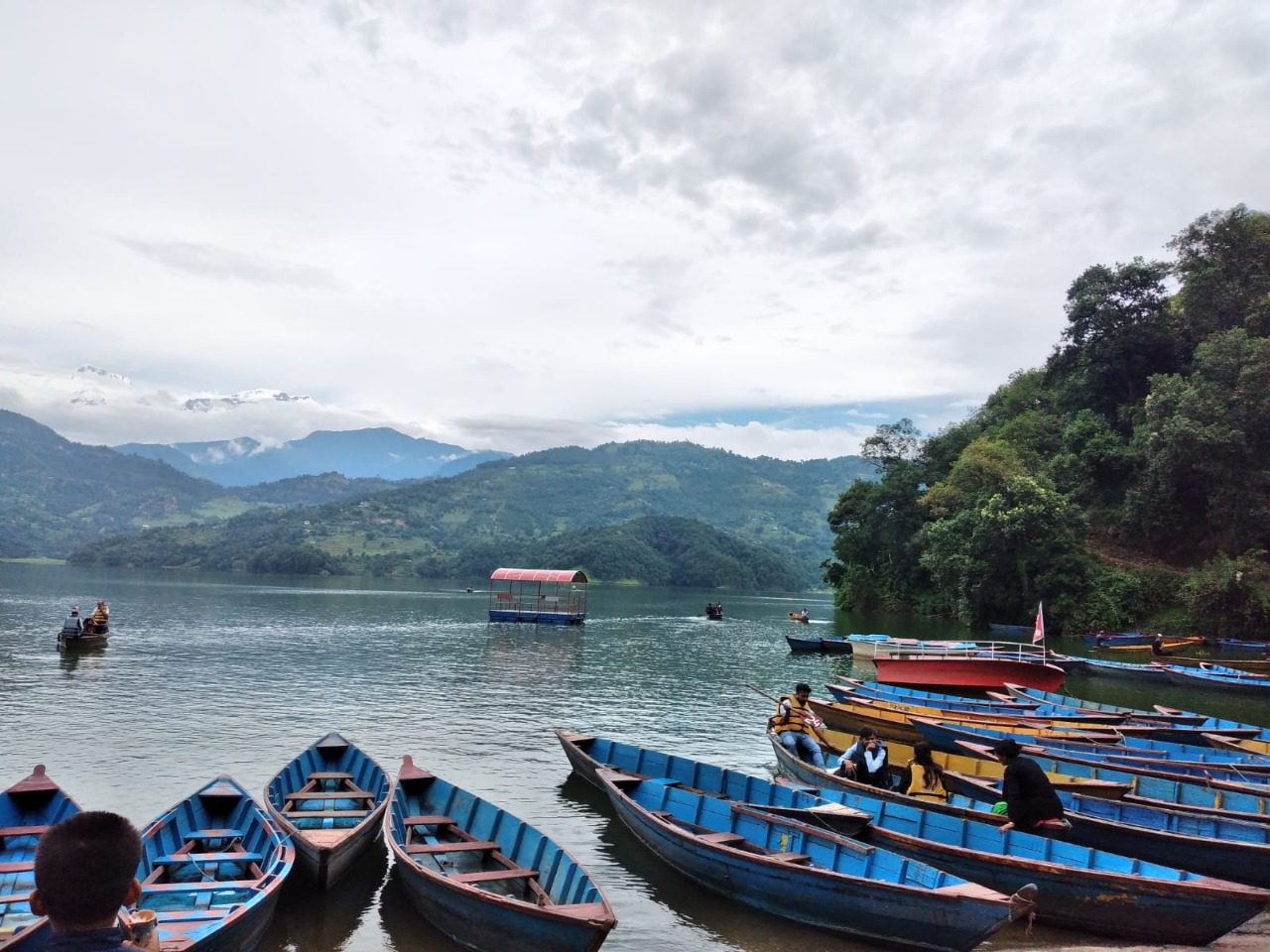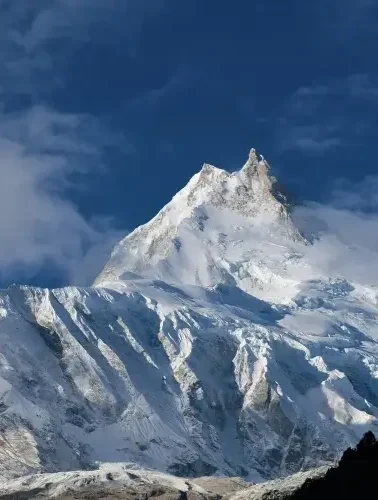The packing list below is prepared with the recommendation of experienced trekkers and our local experts, who will help you pick up the right items. However, it is merely the guidelines. You may have to manage depending on your own needs, interests, and the season of your trip.
All the necessary items can be bought in Kathmandu and in Pokhara. Some of the trekking gear, like the sleeping bag, trekking poles, etc., that you do not need frequently can also be hired for your trip. That may charge you on a daily basis. Go through our complete packing list and avail yourself of the unlimited pleasures in the Himalayas.
Himalayan Masters operates the most popular Mardi Himal Trek in Nepal It can be done in 7 days at less than $500 and includes great accommodation and food.
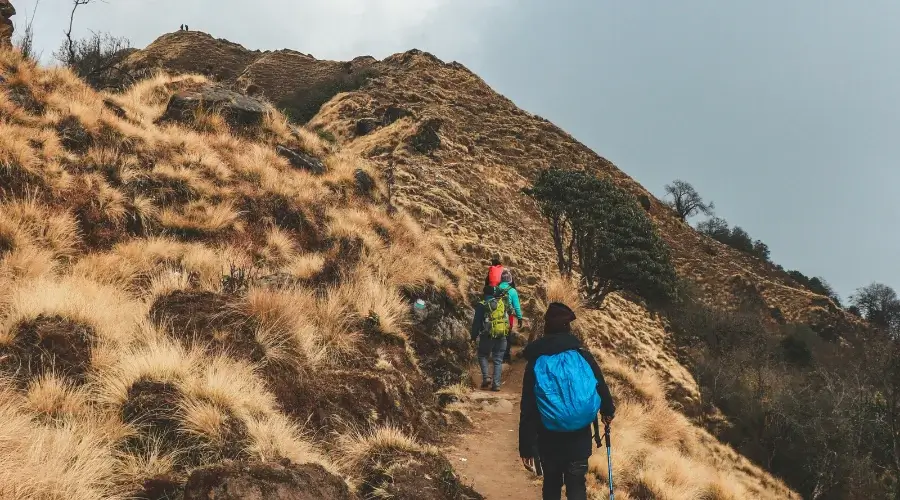
The Essential Items For Mardi Himal Base Camp
- Rucksack with a waterproof cover (30-35 litres capacity): The one you need at first for keeping other essentials.
- A pair of shoes: This trip is not a very difficult one, so any outdoor shoes work for you. However, if you have the official hiking boots, it is great. Whichever you take, ensure that it is lighter.
- Hiking pants: These pants contain extra side pockets, and they can also be folded into knee-length shorts
- Waterproof trousers or a pair of yoga pants: It makes you more comfortable for a hike. Choose double layers that help you keep warm
- Thermal shirts and trousers: They should be thick enough to maintain heat, but make sure they are flexible for proper movement.
- Shorts
- T-shirts: It is better if you manage for each day
- Fleece jacket/down jacket
- Wind/waterproof jacket
- Socks: 4-6 pairs
- Underwear: 4-6 pairs
- Sunglasses and sun hat: Essential for protecting your face and neck from direct sunlight
- Sun protection cream
- Lip balm
- Woollen cap or Balaclava: It is important to protect your face and neck from bitter cold
- Inner and outer gloves
- Headlamp
- Power bank/extra batteries
- Wet wipes/hand sanitisers
- Towel
- Rubber sandal
- toiletries
- Reusable water bottles and water purification tablets
- Sleeping bag
- Enough cash for the trek: You rarely find ATMs on the trekking trail
- Camera
7- days Mardi Himal trek Itinerary
Day 1: Kathmandu – Pokhara (drive) 200km/6-7hrs.
Day 2: Pokhara (1400 m) – Phedi (drive) – trek to Pothana (1900 m)
Day 3: Pothana – Low Camp (3035 m)
Day 4: Lower Camp – High Camp (3538 m)
Day 5: High Camp – Mardi Himal Base Camp (4500 m) – Siding (1710 m)
Day 6: Pokhara – Kathmandu (drive)
Day 7: Pokhara – Kathmandu (drive)
Check https://himalayan-masters.com/trip/mardi-himal-trek/ for the details.
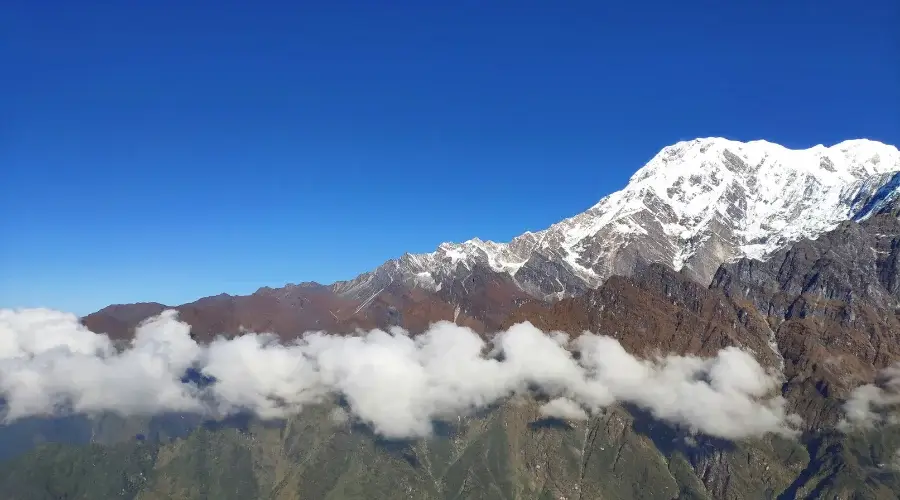
Optional Items For Trekking
- Hiking Boots: Besides trekking shoes, if you manage a pair of hiking boots with a strong grip and ankle support, it works best for trekking on the most difficult trail, too. But be sure, they are perfect in size and light enough to wear for long hours.
- Trekking pole: It might be useful for you on the slippery and complicated trail.
- Toilet paper: You can also buy it on the way.
- First-aid Kit: No bother for organized groups as your guide will carry it. Still, you are suggested to include some of the items like motion sickness pills, electronic thermometer, aspirin, iodine tablets, birth control, some oral rehydration packets and tiger balm, which is great for bites and stings.
- Sleeping bag liner
- Wristwatch
- Dust mask: Useful especially for dusty sections of the trail.
- Money belt
- Menstrual supplies for women
- Favourite snacks/herbal teas
- Games or books: Can be useful for ‘downtime’
- Maps/language or guide books: Essential for independent trekkers but no bother for organized group
Essential Documents
- Travel Insurance: It is a must to make the trek in the Himalayas. The Insurance policy covers you for any unexpected accidents and emergencies.
- Passport: It is the basic document to enter any foreign country.
- Nepal Visa: A visa is essential for most foreigners staying in Nepal. It can be acquired in Kathmandu or in advance at your nearest Nepali Embassy or consulate. Generally, the visa fee is $40 for one month.
- Tickets
- We recommend you make at least three copies of all your documents. Take one with you, one at the house, and one with your travel partner that becomes helpful in times of emergency.
- If you have a short time in Nepal and want to witness the best views from above, this Everest Base Camp Helicopter tour is our most popular package.
Aren’t You Overpacking?
- Journal of the book: You might think this is a great time to read, but mostly, it is not practical. In case you have to do it, better download it on your phone.
- Drone: It is amazing to capture stunning views using drones, but most parts of Nepal are restricted to drones. It might be only the extra weight for you.
- Laptop: Most things you can do on your phone. It does not only add extra weight but also adds the trouble of protecting it in the bag. It might get broken unless it is put in the bag safely.
- Snacks: The snacks at the teahouse and on the trail might be more delicious.
Finally, the required Packing List for Mardi Himal Base Camp Trek mainly depend on your own choice/interest, season, and the length of your trip. So, make the decisions smartly about what to take and what not so that you will have a lifelong thrilling experience of the Himalayan trek.

